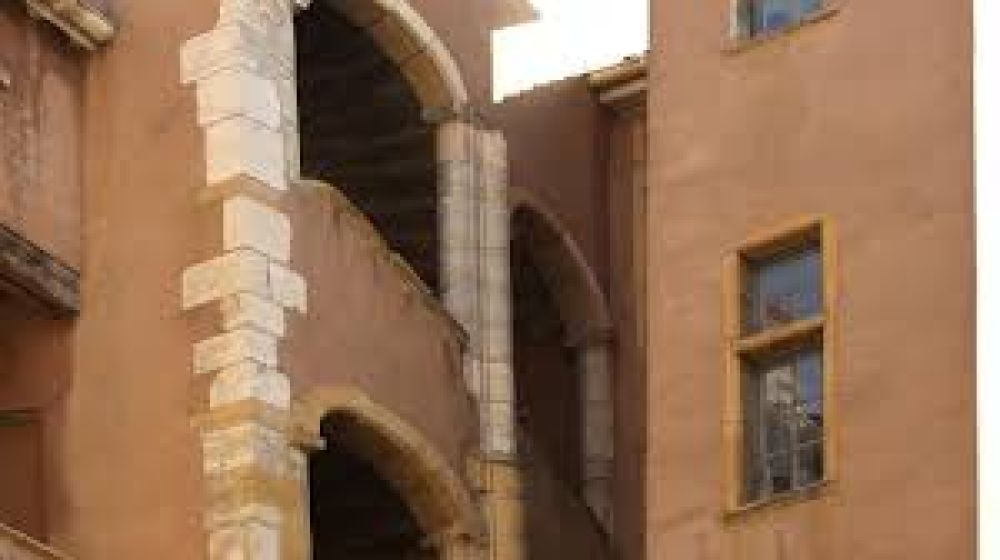

The city of Lyon, nestled at the confluence of the Rhône and Saône rivers, has long been a hub of commerce and culture in France. Among its many historical treasures, the traboules stand out as a unique architectural phenomenon, ingrained in the city's heritage and allure. These hidden passageways are synonymous with the history of Lyon's tourism and continue to captivate visitors with their mysterious charm.
The concept of traboules dates back to ancient Rome, but it was during the 4th century that they began to shape the cityscape of Lyon, which was then known as Lugdunum. Originally, these passageways were utilitarian, designed to facilitate water transportation and protect textile merchants and their goods from inclement weather. The word "traboule" is thought to derive from the Latin transambulare, meaning "to pass through."
During the Renaissance, the traboules gained prominence as they provided secretive routes through the bustling quarters of Lyon, which was famed for its silk industry. The intricate network of traboules allowed silk weavers to transport their delicate fabrics safely. This era saw the most significant construction of traboules, particularly in the historic areas of Vieux Lyon and Croix Rousse, where they became a hallmark of the city's architecture.
In the 20th century, the traboules played a pivotal role during World War II, where they served as hidden meeting spots and escape routes for the French Resistance fighters, adding a layer of historical importance to their existence.
The traboules remained a local secret for many years until the latter half of the 20th century when they gradually became a point of interest for tourists. As Lyon's reputation as a city of gastronomy and culture grew, so did the curiosity about its clandestine passages. Today, the traboules are celebrated as a distinctive feature of Lyon's tourism landscape, offering visitors a glimpse into the city's past.
In the spirit of preservation, many traboules have been restored and opened to the public. They are typically marked with discreet plaques, guiding inquisitive explorers through residential courtyards and atmospheric corridors that whisper tales of bygone eras. A stroll through these passageways not only reveals Lyon's hidden architectural gems but also the layers of history that have contributed to the city's evolution.
Lyon's tourism industry has recently focused on promoting authentic experiences, and the traboules are at the heart of this movement. Guided tours have become increasingly popular, providing insights into both the well-known and less-visible traboules, narrating their stories and historical significance.
Virtual tours and smartphone apps are the newest trends to capture the magic of traboules for those unable to visit in person or keen on a self-guided exploration. These technologies offer an interactive way to discover the hidden passageways, combining historical facts with digital convenience.
Overall, Lyon's traboules continue to be a source of fascination for historians, architects, and tourists alike. They represent a timeless allure of the city and embody the depth of Lyon's historical texture. As a result, the traboules remain an integral part of Lyon’s tourism appeal, ensuring that their legacy endures for future generations to uncover.